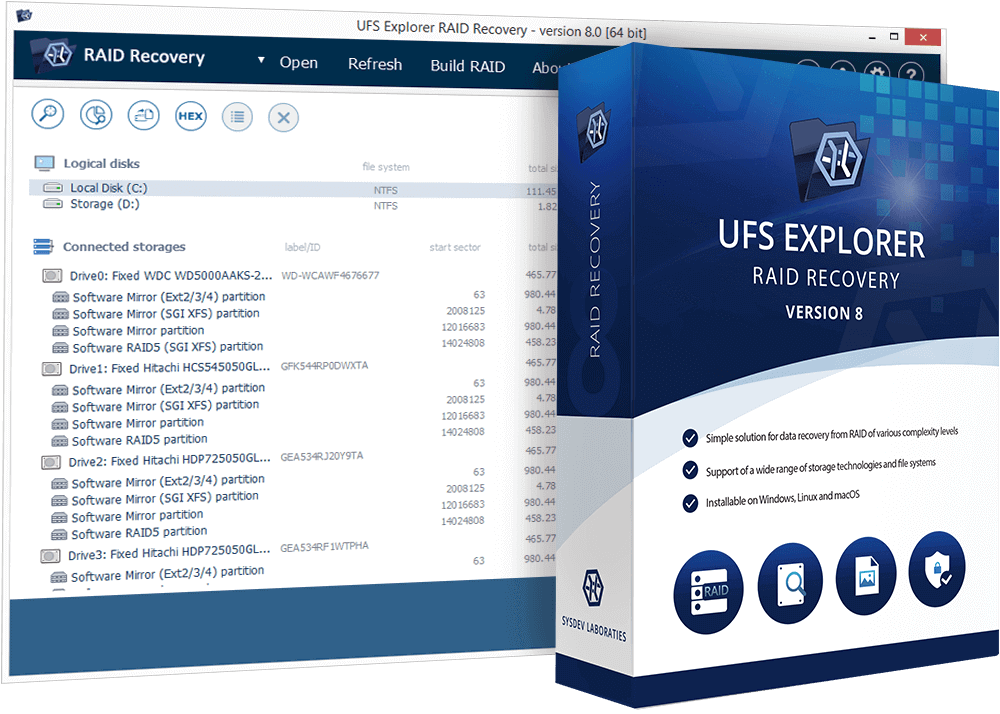


RAID0 - Depends on volume - for Data disk. For Physical hardware installations that can utilize HW RAID services the following setup is recommended:. Usage of slow disks is not recommended and will impact the amount of time between the creation of transaction logs and the availability of the data on DPOD's dashboards. For this reason, DPOD installation requires 3 separate DISKS for OS, Installation, and Data. DPOD serves as a database and should, therefore, be configured to use very fast disks. Customers with higher load than that are expected to create separate environments, each can handle up to 10,000 TPS. Each DPOD environment will support no more than 10,000 TPS and up to 7 nodes. Each server requires 256GB of RAM and storage specification as described below (5). To process a maximum of 10,000 TPS (assuming ~35 Syslog records per transaction on average), the DPOD environment should have 7 servers with 2 sockets and 2 Intel-based CPUs - each with 12 physical cores of 2.6 GHz (non-turbo) and with hyper-threaded Support. (7) Virtual deployments performance cannot be guaranteed. Virtual deployments performance depends on the server hosting the VM (ESX), its configuration, the overall load it is experiencing at any given time from any of its VMs, and especially the performance of the remote storage. (6) Customers will be provided with specifications after a sizing process with 元. Please keep the ratio between RAM and Data storage size to be 1GB RAM: 16GB Data Disk (recommended) and no more than 1 GB RAM:32GB Disk (minimal). (5) To cater for 1500 TPS, customers are required to have 256GB memory, 24 Physical cores (each is Hyper-Threaded thus equivalent to a total of 48), Local storage with RAID0 across 4-8 SSD Disks (SAS 6GBs) - each supporting at least 80K Random Write IOPS 4KiB and write avg latency of less than 35 uSec. Two controllers will be required to be attached to each CPU. (4) The TPS is the maximum total transaction load across all devices/domains connected to DPOD. (3) To ensure best query performance, the virtual machine configuration should be set to have reserved memory. (2) Local SSD preferred - should be located on a data store separated from the other disks. To ensure best indexing performance, the virtual machine configuration should be set to have reserved CPUs. ESXi) CPU utilization should not exceed 80%. Limited history period to reduce memory requirements. In rare cases can be used for functional POCs. The following table lists the typical usage characteristics for each setup edition, and the physical or virtual resources it requires.ĭevelopers only. For example: DPOD_ RedHat_ 1.0.11.0.cefĬustomers who expect to handle a load of over 200 TPS are required to complete a sizing process by opening a support ticket to IBM Support - L2. Non-Appliance Mode (Compressed Executable file) - DPOD_ RedHat_. Appliance Mode (ISO file) - DPOD_ CentOS_. #Vmware fusion software raid iso
The Developer edition ISO file name is DPOD- Developer-CentOS-.iso, and c an be downloaded from Fix Central.įive load configuration architecture setups that exist for the Standard Edition are available in:
One load configuration architecture setup for development (exists only in the Developer ISO file). For Hyper V support - contact your IBM sales representatives.ĭPOD offers 6 basic load configuration setups. PureApp (only on Intel Processors) - no pattern yet available, can be provided only as an imported OVA. Consult the table below for information to support this decision.įor a production environment suitable for hypervisor (virtual environment), the virtual appliance is supported on the following VMware hypervisors: The DataPower Gateway language must be set to English.ĭPOD can be installed on either a Virtualized Environment (Hypervisors) or Physical server (Intel(C) based CPUs and supporting CentOS/RedHat 7.x OS). DPOD only supports gateways with supported firmware levels that meet the minimum system requirements for DataPower Gateways. For more details please see Release Notes. Some functionalities are also available for lower firmware levels. Supported Gateway firmware levels are 10.0.x and 2018.4.x. Monitored Device (DataPower Gateway) Requirements








